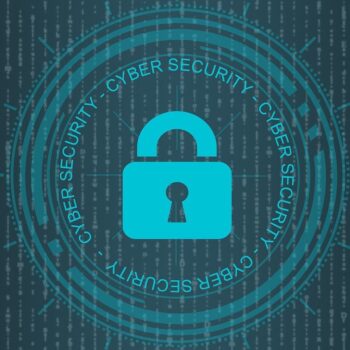
Forward-looking 3-in-1 solution approach for enhanced cybersecurity for medium-sized and large companies
The latest version of the Kaspersky flagship solution Endpoint Security for Business [1] for medium-sized and large companies now integrates the cloud management console, Kaspersky Endpoint Detection and Response (EDR) Optimum [2] and Kaspersky Sandbox [3]. The new EDR solution is now also suitable for companies with limited security expertise and manageable security resources, as IT security experts now immediately receive an overview and comprehensive information on any security incidents - including an immediate damage analysis and automated response options.
Advanced tools for business
Both large and medium-sized companies today need advanced tools to minimize the risk of targeted cyber attacks. According to a Kaspersky survey on IT security risks [4], however, around 40 percent of medium-sized companies and businesses lack the necessary knowledge about the threats they are actually exposed to [5]. These are often limited in terms of their resources, which makes it difficult to deal with complex threat scenarios. In order to analyze the growing number of incidents and deal with them professionally, more specialists - such as security analysts and incident response experts - would be needed who are able to identify threats, investigate them and accordingly approach such external threats react.
Automated EDR and sandboxing functions
With immediate effect, Kaspersky endpoint protection is reinforced by the new Kaspersky EDR Optimum. This solution was specially developed for companies that want to benefit from comprehensive incident analysis and effective response options without increasing team strength or burdening other internal resources. Kaspersky EDR Optimum provides an immediate overview of the threats detected by Kaspersky Endpoint Security for Business and provides all the background information on malicious activities - including the visualization of detected paths of propagation of a specific attack incident and the corresponding analysis of the cause.
If Kaspersky Endpoint Security for Business identifies a suspicious file that cannot be definitely classified as malicious, it sends it to the Kaspersky Sandbox. This additional new security tool then automatically executes the suspicious file in an isolated environment and analyzes it with regard to its potential risk. The evaluation data obtained from this can be further enriched by the analysis carried out by Kaspersky EDR Optimum.
Comprehensive reaction strategies for added security
Kaspersky EDR Optimum offers a variety of response options to remediate threats, such as isolating an endpoint with potential malware or quarantining a suspicious file. To ensure that the threat does not spread to other computers, security specialists can quickly and easily create indicators (Indicators of Compromise; IoCs) that indicate a system breach, without having to schedule an automatic check of the endpoints for a malicious object. In addition, third-party IoCs can be uploaded and scans can be performed to identify affected endpoints.
All of these functions enable centralized management of security incidents and enable rapid response to critical threats and their prevention. This minimizes potentially negative effects for companies.
Comprehensive endpoint protection through cloud management
Kaspersky experts found that attacks on Linux endpoint users increased by 2019 percent in 2018 compared to 46 [5]. To ensure that these attacks do not affect companies, the new version of Kaspersky Endpoint Security strengthens the protection for endpoints on the Linux operating system. Network and web threat protection components ensure that inbound and outbound traffic is free from malicious activity. Data protection is also improved by an integrated device control, which makes it possible to define rules for the transfer of data to other devices.
Kaspersky Endpoint Security for Business also fulfills more extensive customer requirements with regard to the organization of internal processes. The Kaspersky Security Center management console is now available from the cloud in addition to the existing on-site option. Customers who choose the Kaspersky Security Center cloud console can now deploy it faster and with lower operating costs while ensuring that upgrades and other maintenance work is managed and performed by Kaspersky.
“The technology and cybersecurity landscape is changing rapidly, requiring organizations to meet ever-growing challenges with the same resources,” states Dmitry Aleshin, VP of product marketing at Kaspersky. “Therefore, they need a solution that helps them deal with them effectively through automated detection and response capabilities. Time and human resources are of crucial importance. Kaspersky's new integrated solution helps maximize savings in both areas by providing the key capabilities to investigate and resolve cyber incidents.”
Further information on the Kaspersky Endpoint Security solutions at https://www.kaspersky.de/enterprise-security/endpoint and Kaspersky Sandbox at https://support.kaspersky.com/de/sandbox. Kaspersky EDR Optimum will be available in the second quarter of 2020.
More on this at Kaspersky.de/Enterprise
About Kaspersky
Kaspersky is an international cybersecurity company founded in 1997. Kaspersky's in-depth threat intelligence and security expertise serve as the basis for innovative security solutions and services to protect companies, critical infrastructures, governments and private users around the world. The company's comprehensive security portfolio includes leading endpoint protection as well as a range of specialized security solutions and services to defend against complex and evolving cyber threats. Kaspersky technologies protect over 400 million users and 250.000 corporate customers. Further information about Kaspersky can be found at https://www.kaspersky.com/de/
